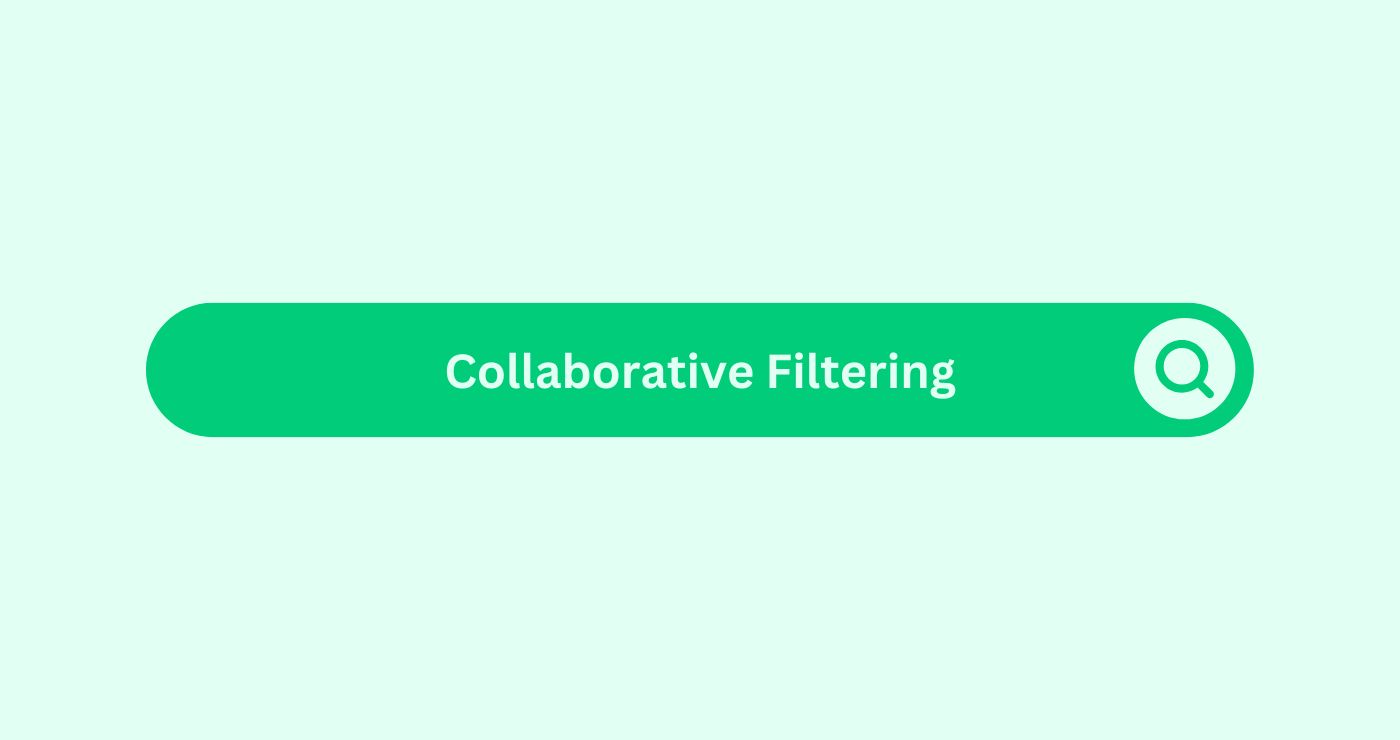Definition
Collaborative Filtering is an AI technique that recommends content, products, or actions based on the preferences and behaviours of similar users. It works by identifying patterns in user behaviourDefinition What is User Behaviour in Social Media Marketing?..., not content attributes. In AI-powered content marketingDefinition Content marketing strategically creates and share..., this approach helps marketers deliver personalised content based on collective user insights—without needing extensive user profiles.
For a digital marketing agency Auckland, Collaborative Filtering enables smarter content suggestions. For instance, if User A reads article X and User B reads article X and Y, the system recommends article Y to User A. SEO companies use this approach to promote the most relevant blog posts, service pages, or offers to individual visitors based on how others have interacted with the content.
Unlike rule-based recommendation engines, Collaborative Filtering continuously learns from evolving user behaviourDefinition What is User Behaviour in Social Media Marketing?.... This method ensures content relevanceDefinition In SEO, relevance refers to the degree to which a..., increases engagementDefinition Engagement in content marketing refers to the deg..., and supports higher conversions—especially valuable for performance marketing agencies focused on data-backed growth strategies.
Example
A performance marketing agency runs an online learningDefinition Online learning’s basically the secret sauce fo... platform offering courses in SEO, content writing, and digital advertising. Using Collaborative Filtering, the AI system analyses learner interactions—watch history, course ratings, and completion rates.
When a user finishes an SEO course and highly rates a content marketingDefinition Content marketing strategically creates and share... module, the system recommends a third course that similar users also enjoyed: advanced keyword strategy. No manual tagging is required.
Result: The AI-generated recommendations increase course enrolments by 34% and reduce content abandonment by 41%. The system delivers value without over-relying on user input.
AI Results
| Feature | Value | Description |
|---|---|---|
| PersonalisationDefinition Personalisation refers to the process of tailorin... Accuracy | 91% | AI matches user to correct content based on shared behaviour |
| Conversion RateDefinition Conversion Rate in the SEO space refers to the pe... Increase | +34% | More relevant suggestions drive action |
| Content Abandonment Decrease | –41% | Users complete more content due to aligned recommendations |
| Average Session Duration | +2.2x | Higher engagementDefinition Engagement in content marketing refers to the deg... per visit |
| Manual Tagging Time Saved | 95% | AI removes need for individual content tagging |
5 Key Takeaways
- Uses Collective Insight – Suggests content based on what others with similar behaviour liked.
- Boosts EngagementDefinition Engagement in content marketing refers to the deg... – Keeps users exploring longer with hyper-relevant recommendations.
- No Manual Input Needed – Learns from behaviour, not metadata or demographic info.
- Works Across FormatsDefinition In the SEO space, "formats" refer to the various ... – Applies to blogs, product pages, videos, and email content.
- Scales Effortlessly – Ideal for fast-growing content librariesDefinition Libraries in the SEO space refer to collections o... or multi-audience platforms.
FAQs
What is Collaborative Filtering in marketing? A: It’s an AI method that suggests content based on the behaviour of users with similar interests.
It’s an AI method that suggests content based on the behaviour of users with similar interests.
How is it different from content-based filtering?
It focuses on who liked what, not what content contains, making it user-behaviour driven.
Is Collaborative Filtering suitable for small websites?
Yes, even small platforms benefit once they gather enough user interaction data.
Does it work in real time?
Modern AI systems update recommendations as users interact, enabling dynamic delivery.
Can SEO agencies use it for blog suggestions?
Absolutely. It improves internal linkingWhat is Internal linking? Internal linking refers to the pra... and content consumption across topic clusters.




